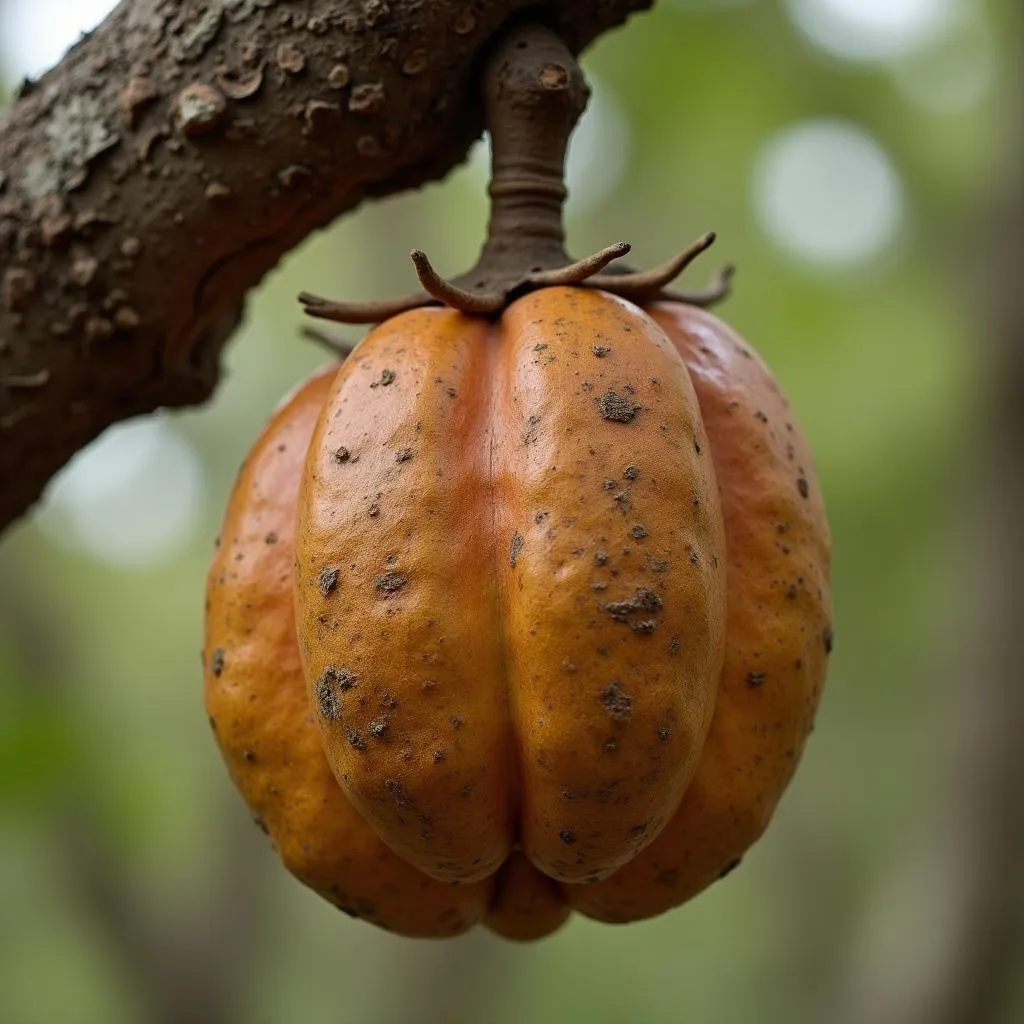African Crested Porcupine Facts: A Prickly Personality
The African crested porcupine (Hystrix cristata) is a fascinating creature that roams the savannas, grasslands, and forests of Africa. Known for their distinctive quills and nocturnal habits, these porcupines are full of surprises. Let’s dive into the intriguing world of African Crested Porcupine Facts and uncover what makes them so unique.
Appearance: A Coat of Armor and More
The most striking feature of the African crested porcupine is undoubtedly its quills. These modified hairs, tipped with black and white bands, can reach up to 20 inches long and cover their entire body. Contrary to popular belief, porcupines cannot shoot their quills. Instead, the quills detach easily when touched, serving as a formidable defense mechanism against predators.
But their unique appearance doesn’t stop there. These robust rodents can weigh up to 60 pounds and measure up to 3 feet in length, making them the largest rodent in Africa. They also possess a short, stocky build, small ears, and short legs, perfectly adapted for their terrestrial lifestyle. And let’s not forget their trademark crest – a collection of long, stiff hairs running along their head and back, which gives them their “crested” name.
Habitat and Range: Adaptable Survivors
African crested porcupines are highly adaptable animals, thriving in a variety of habitats across sub-Saharan Africa. From the dry savannas of East Africa to the forested regions of West Africa, these rodents have carved out a niche for themselves. They are even found in mountainous regions, demonstrating their resilience and adaptability.
Diet and Feeding: Root Eaters with a Taste for Variety
Primarily herbivorous, African crested porcupines are expert diggers, using their strong claws to unearth roots, bulbs, and tubers, which form the bulk of their diet. However, they are opportunistic feeders and will readily consume fruits, bark, and fallen fruits.
Interestingly, these porcupines play a crucial role in seed dispersal. As they forage, they often carry fruits and seeds to their burrows, inadvertently aiding in plant propagation.
Behavior: Nocturnal Navigators with a Social Side
African crested porcupines are mostly active at night. Their excellent sense of smell and hearing helps them navigate their surroundings and locate food in the dark. While generally solitary creatures, they do exhibit some social behavior.
They live in burrows, often shared by a family group consisting of a mated pair and their offspring. These burrows provide shelter from predators and the elements, playing a vital role in their survival.
Communication: A Symphony of Sounds and Scents
Despite their prickly exterior, African crested porcupines are quite the vocal communicators. They use a variety of hisses, grunts, and chattering sounds to communicate with each other, especially within their family groups.
Scent marking also plays a significant role in their communication. They possess scent glands, located near the base of their tail, which they use to deposit a pungent-smelling secretion to mark their territory and communicate with other porcupines.
Predators and Threats: A Prickly Proposition
Thanks to their effective defense mechanism, adult African crested porcupines have relatively few natural predators. However, young porcupines, with their softer quills, are more vulnerable and may fall prey to large carnivores such as leopards, lions, and hyenas.
Conservation Status: A Future Secured?
The African crested porcupine is currently listed as a species of “Least Concern” by the International Union for Conservation of Nature (IUCN). However, habitat loss due to deforestation and agricultural expansion poses a potential threat to their populations. Additionally, they are sometimes hunted for their meat and quills, which are used in traditional crafts.
Conclusion: Appreciating the Prickly Wonders
African crested porcupines, with their fascinating adaptations, unique behaviors, and crucial role in their ecosystem, are a testament to the incredible diversity of the African continent. By understanding and appreciating these prickly wonders, we can contribute to their conservation and ensure their survival for generations to come.
